Los Angeles Trade Technical College South Campus
Los Angeles Community College District | Los Angeles, CA
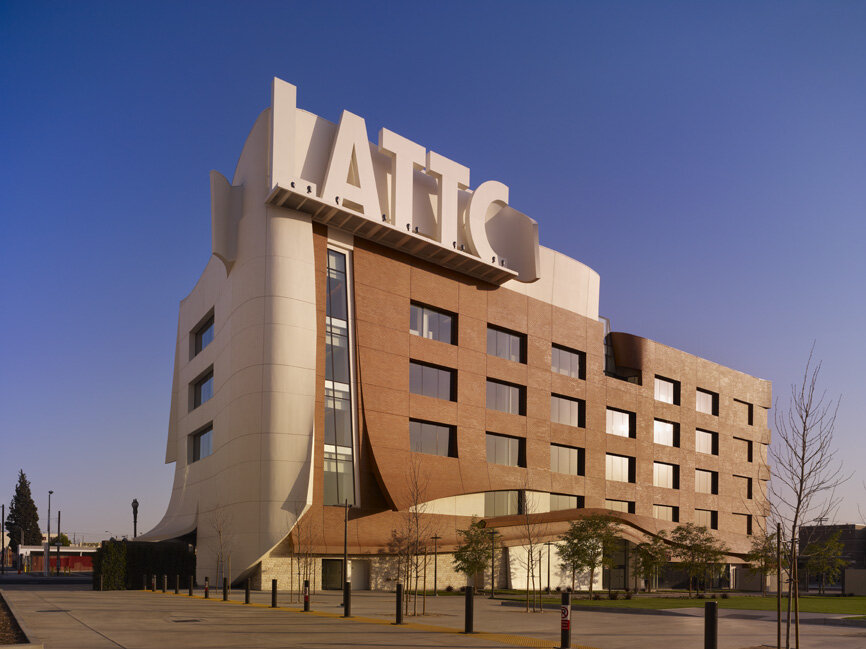
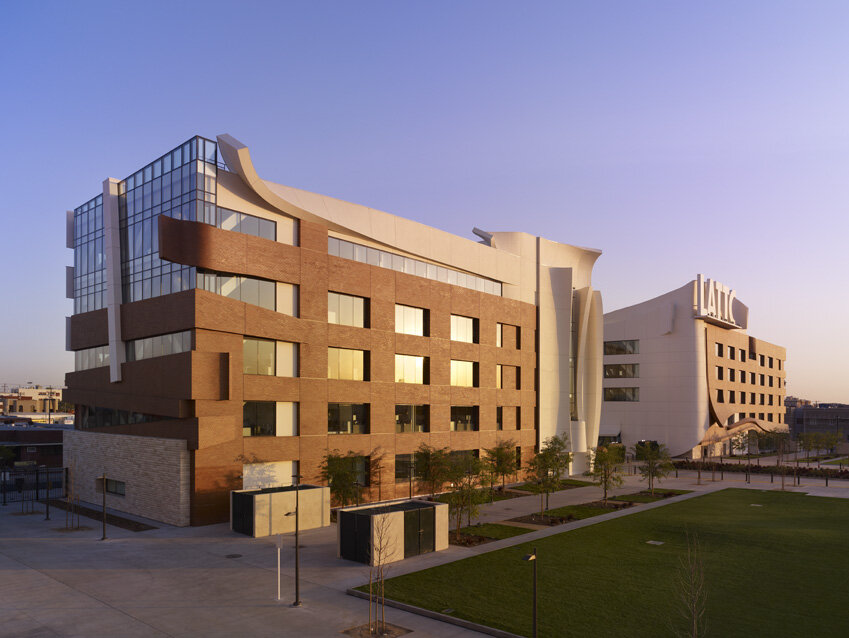

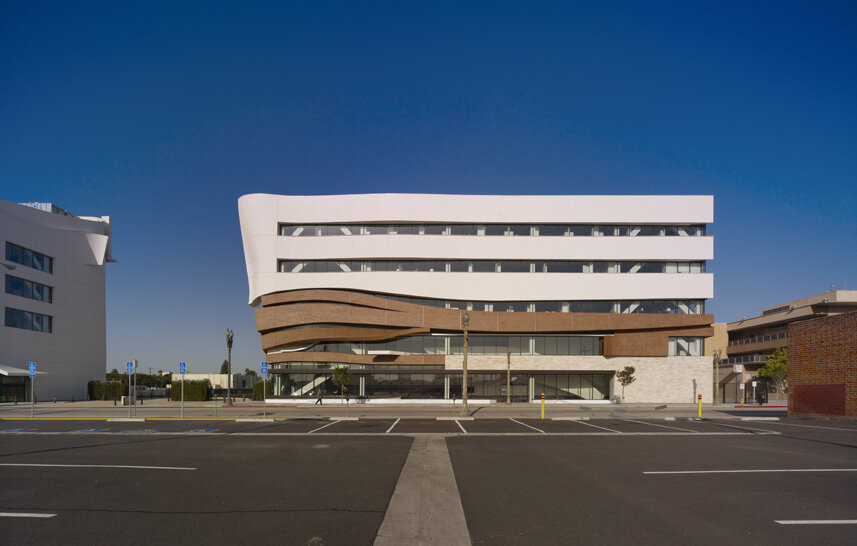
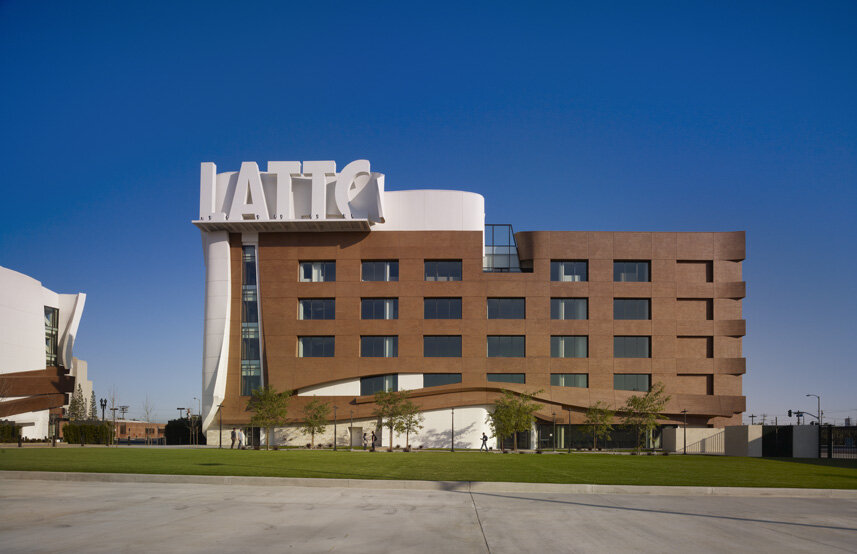
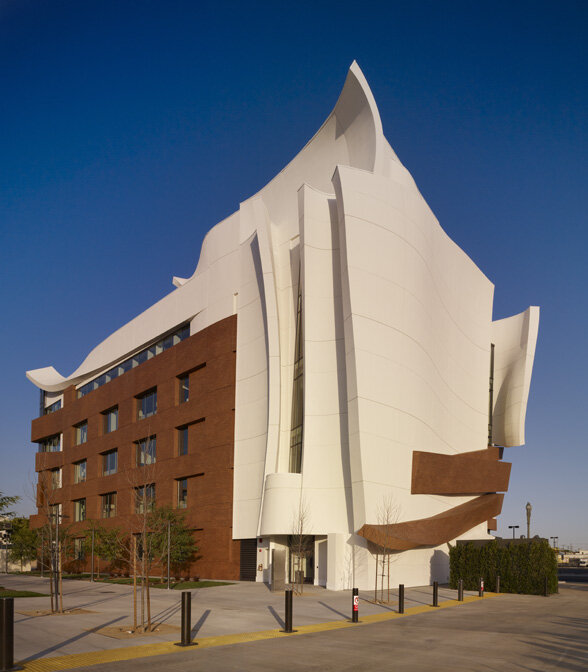
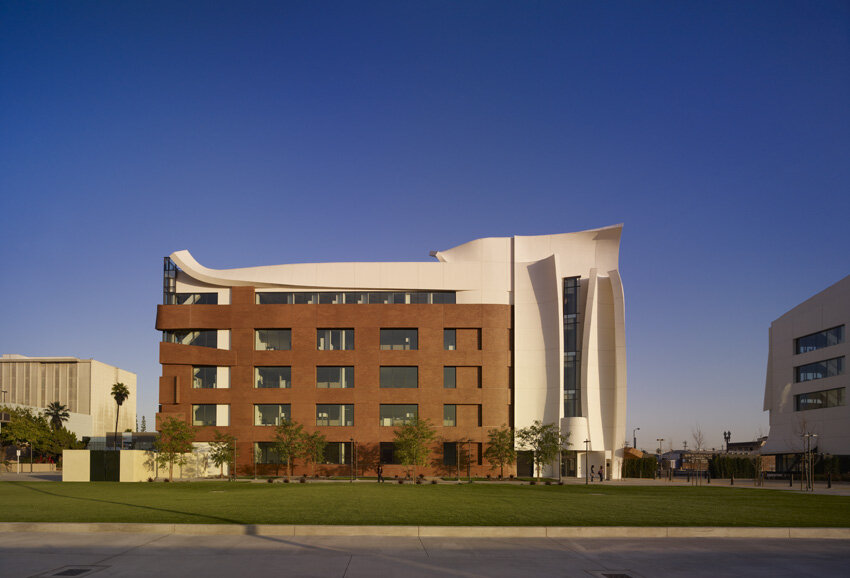

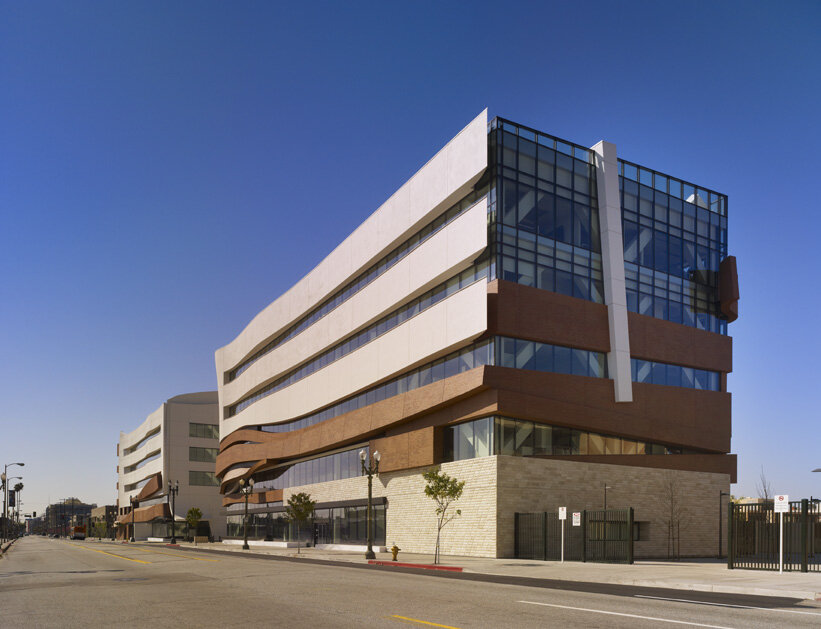

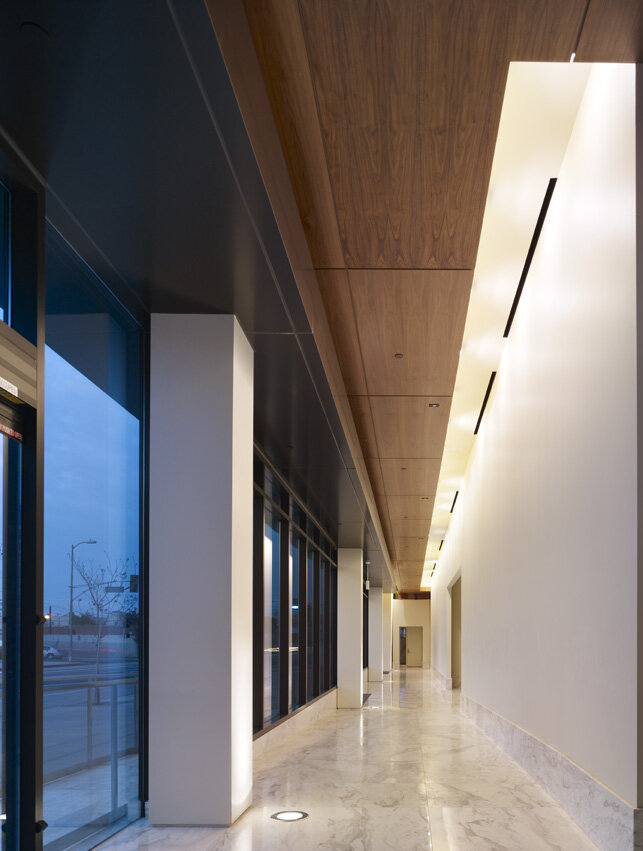
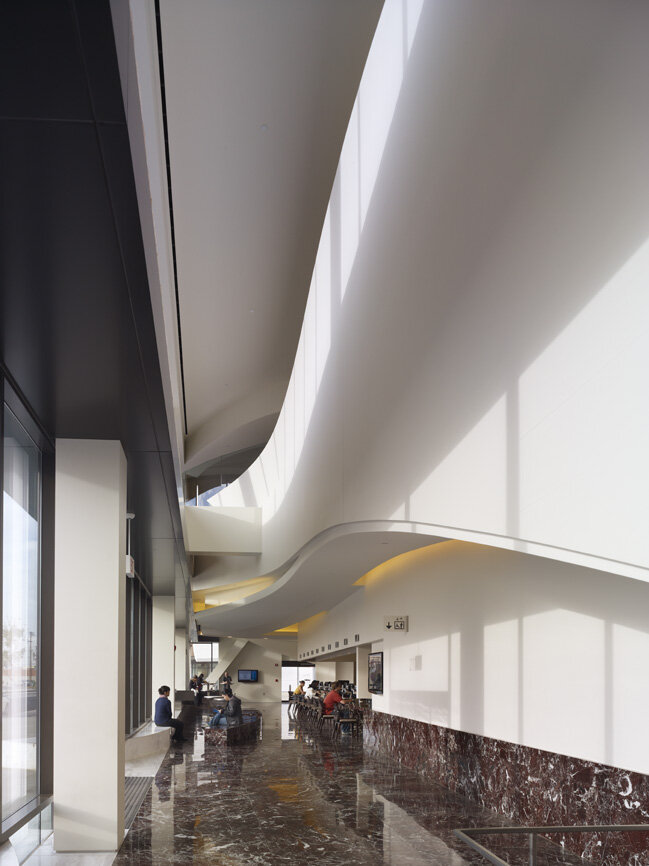
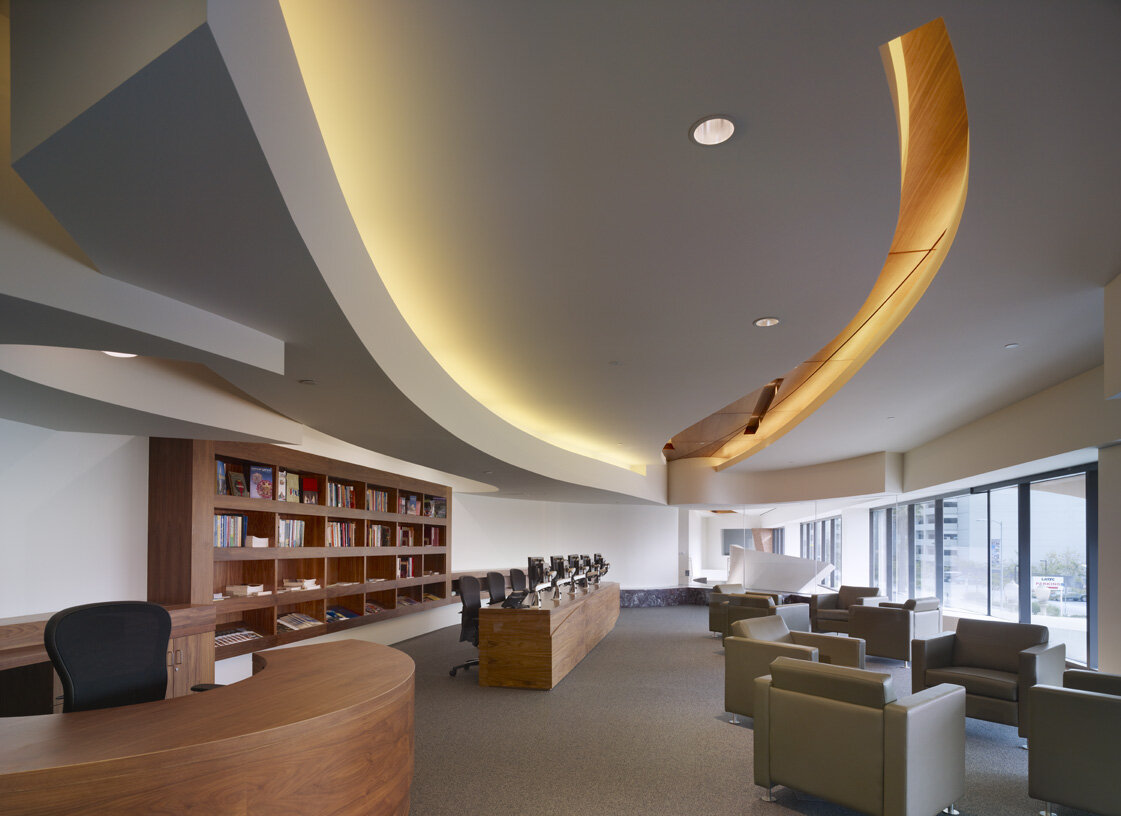
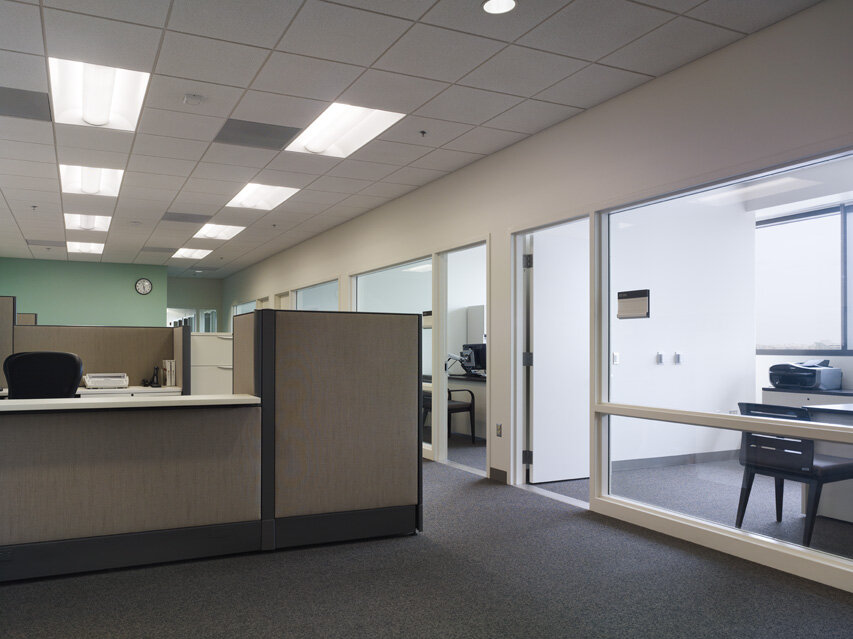
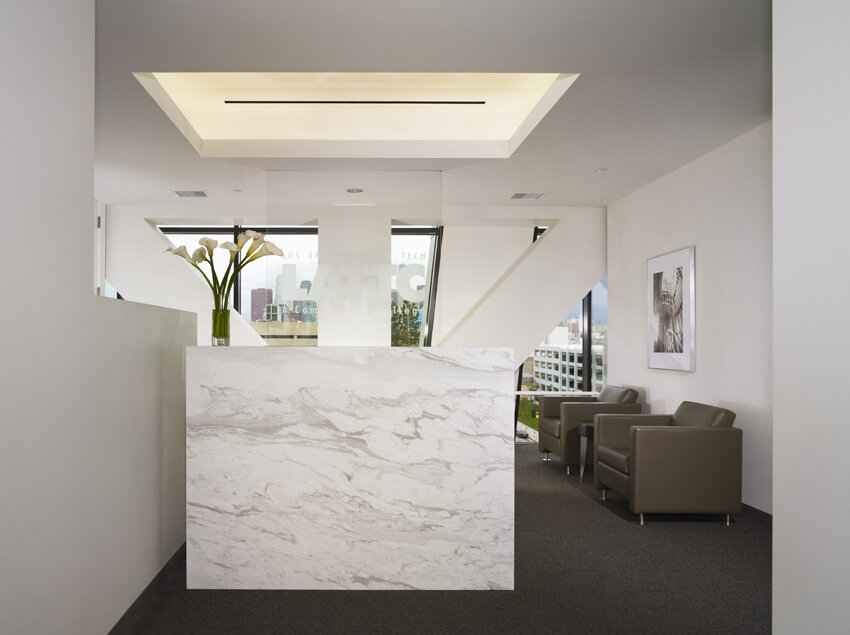
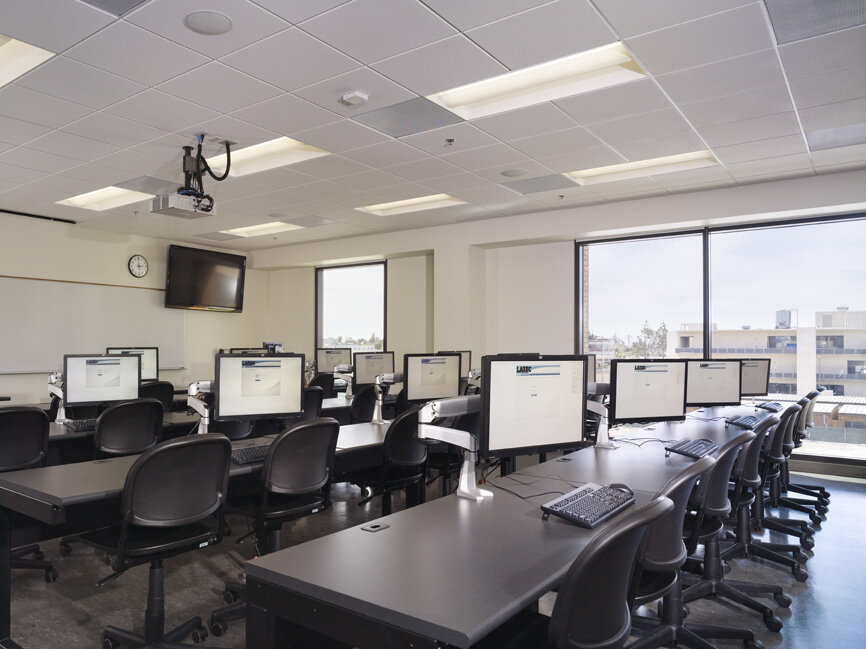

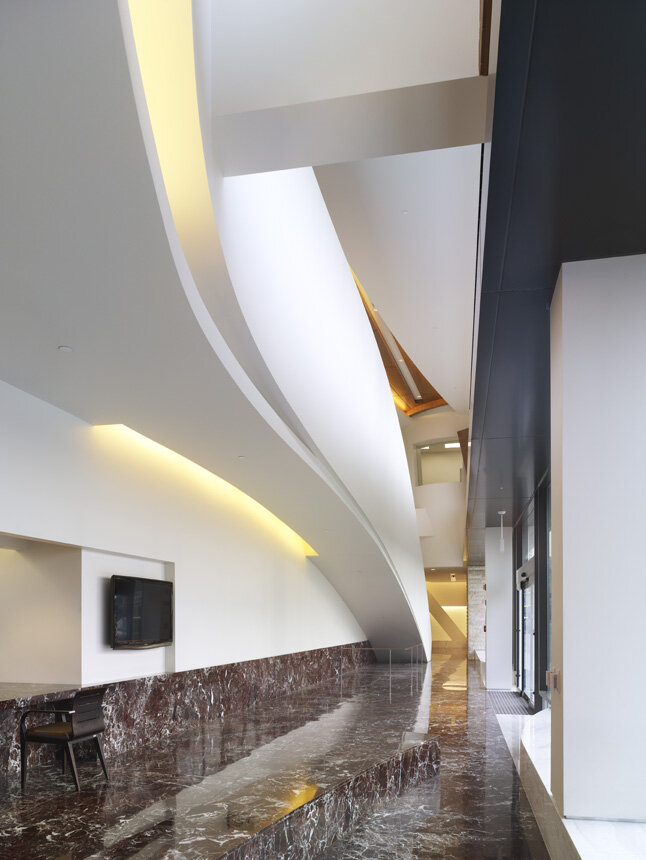
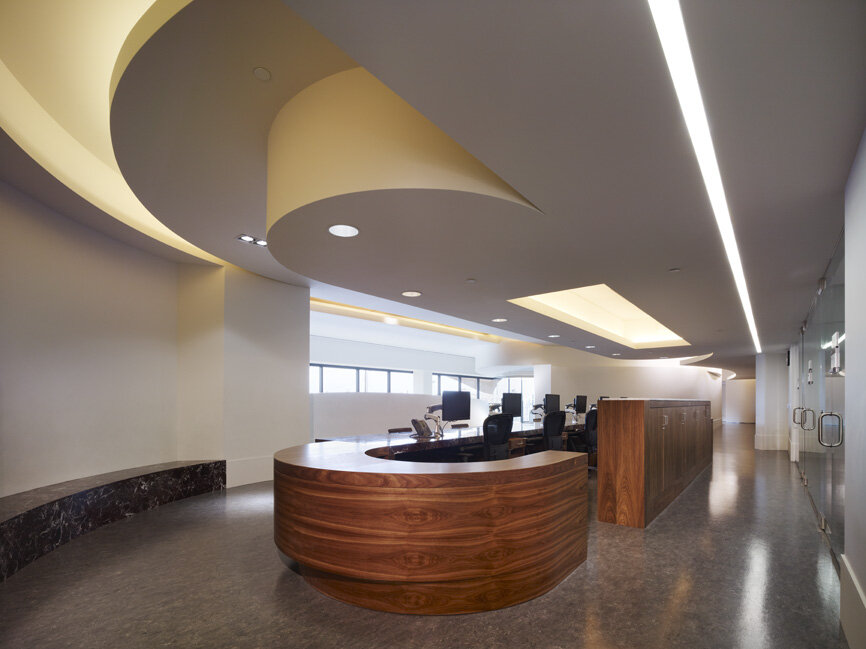
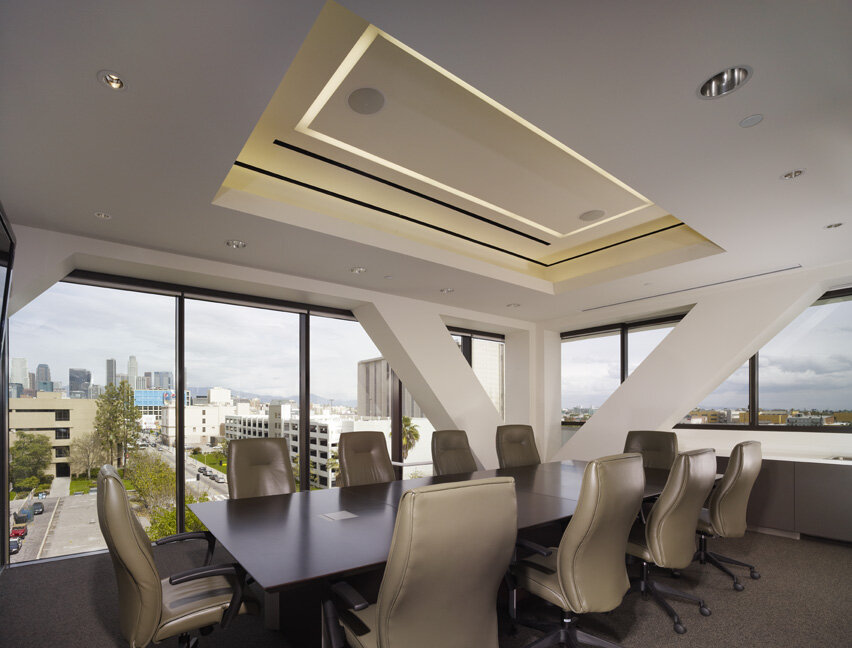
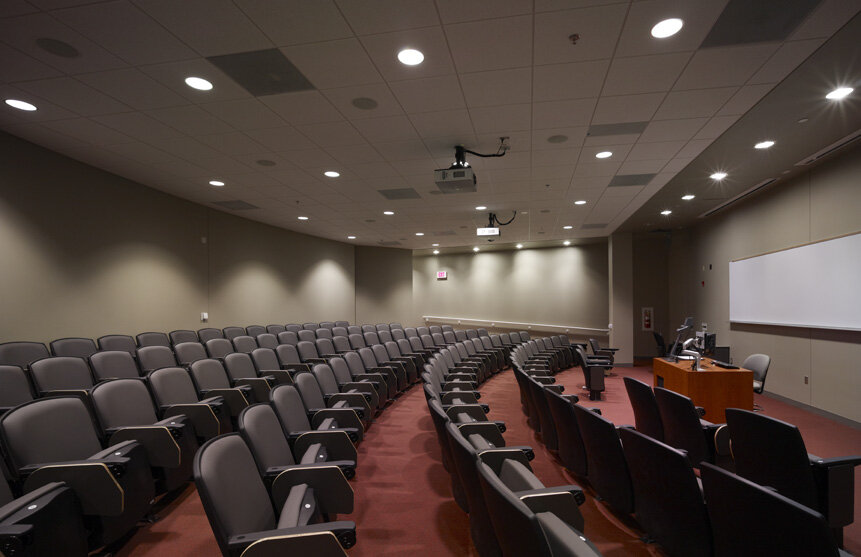
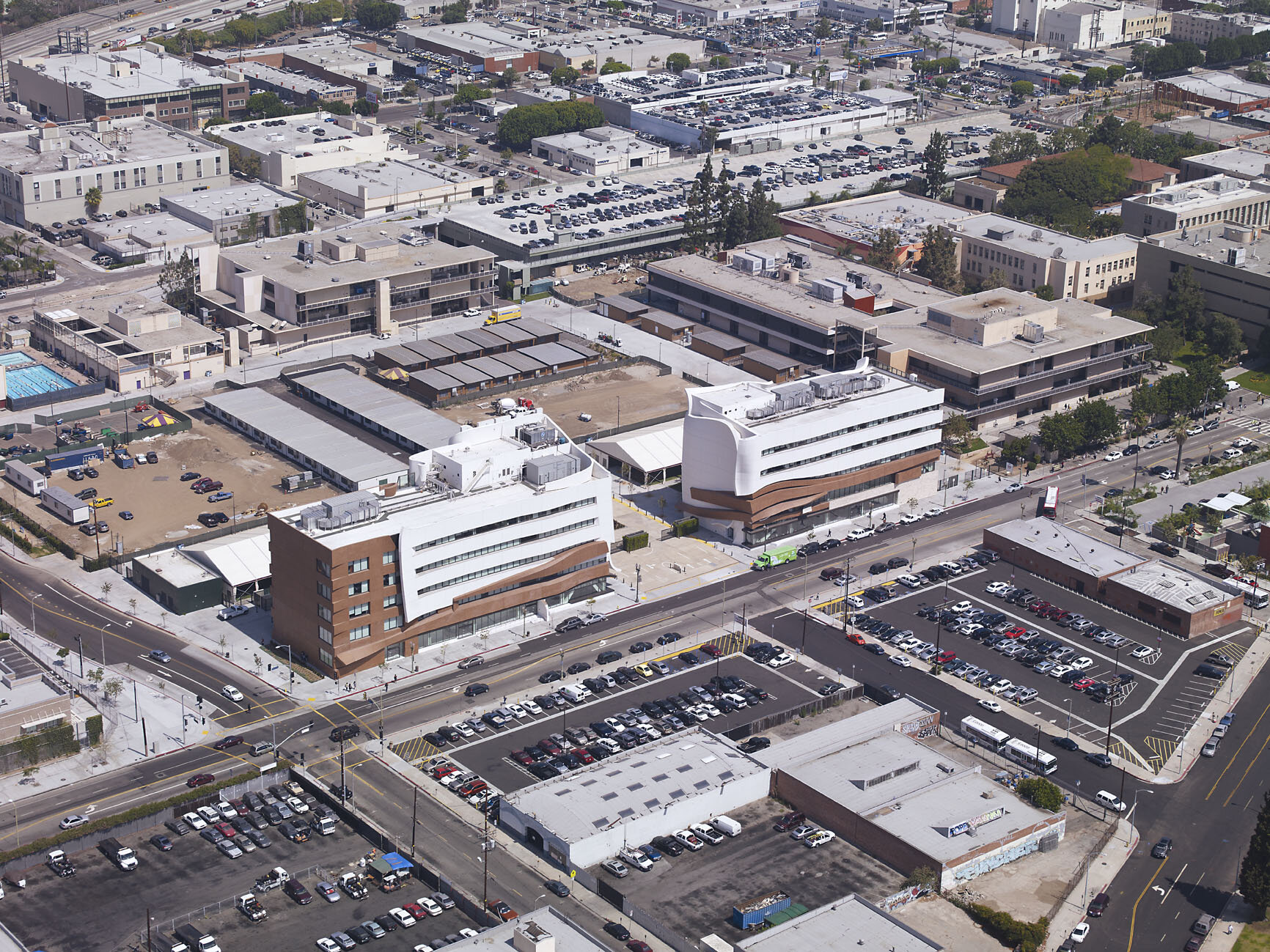
Size:
Technology Instruction Building - 65,000 SFStudent Services/Admin. Building - 60,000 SF
Year:
2010LEED Certified:
GoldTEAM:
PRINCIPALS:
Steve Johnson, Jim FavaroPRINCIPAL-IN-CHARGE:
Jim FavaroPROJECT ARCHITECT:
Steve JohnsonASSOCIATE PRINCIPAL:
Brian DavisSENIOR DESIGN ASSOCIATES:
Ingrid Dennert, Gregory StackelAwards:
LOS ANGELES BUSINESS COUNCIL:
Education Award, 2010LOS ANGELES BUSINESS COUNCIL:
Community Impact Award, 2009WESTSIDE URBAN FORUM:
Award of Merit, 2009
Located on a prominent site in downtown Los Angeles, the South Campus buildings face onto Grand Avenue, a principal thoroughfare and "main street" of downtown. This important site in a rapidly changing environment has become the new face for Los Angeles Trade Technical College (LATTC), the oldest campus in the Los Angeles Community College District system. The Technology Instruction Building and Student Services and Administration Building are the result of a comprehensive campus master plan completed in 2002 that together form the South Campus. The architecture of the buildings model traditional American collegiate buildings and the brick warehouses surrounding LATTC in the south downtown Los Angeles area in combination with more fluid, lightly colored surfaces appropriate to the sunny climate of southern California.
The five-level, one-stop shop Student Services and Administration facility includes the student services center, the student resources center, financial aid, numerous labs and administration offices. The multi-functional building utilizes web-based queuing technology to best facilitate students through the enrollment process, minimizing wait times and waiting areas.
The Technology Instruction Building is a five-level, 65,000 SF building that doubles the college's current technology-related instruction spaces and includes a distance learning center, two 120-seat sloped floor lecture halls, 26 "smart" classrooms, labs, a faculty center with 46 offices, work stations and meeting rooms. The facility also houses a multi-purpose conference center that includes a banquet room and an adjacent commercial kitchen for college functions and other revenue generating community events.
The design provides an economical and optimal floor plate to give the college maximum flexibility for adaptation in the future. All of the classrooms are flexible, taking advantage of in-floor power and building-wide wireless and cable infrastructure to provide for a variety of furniture configurations.
